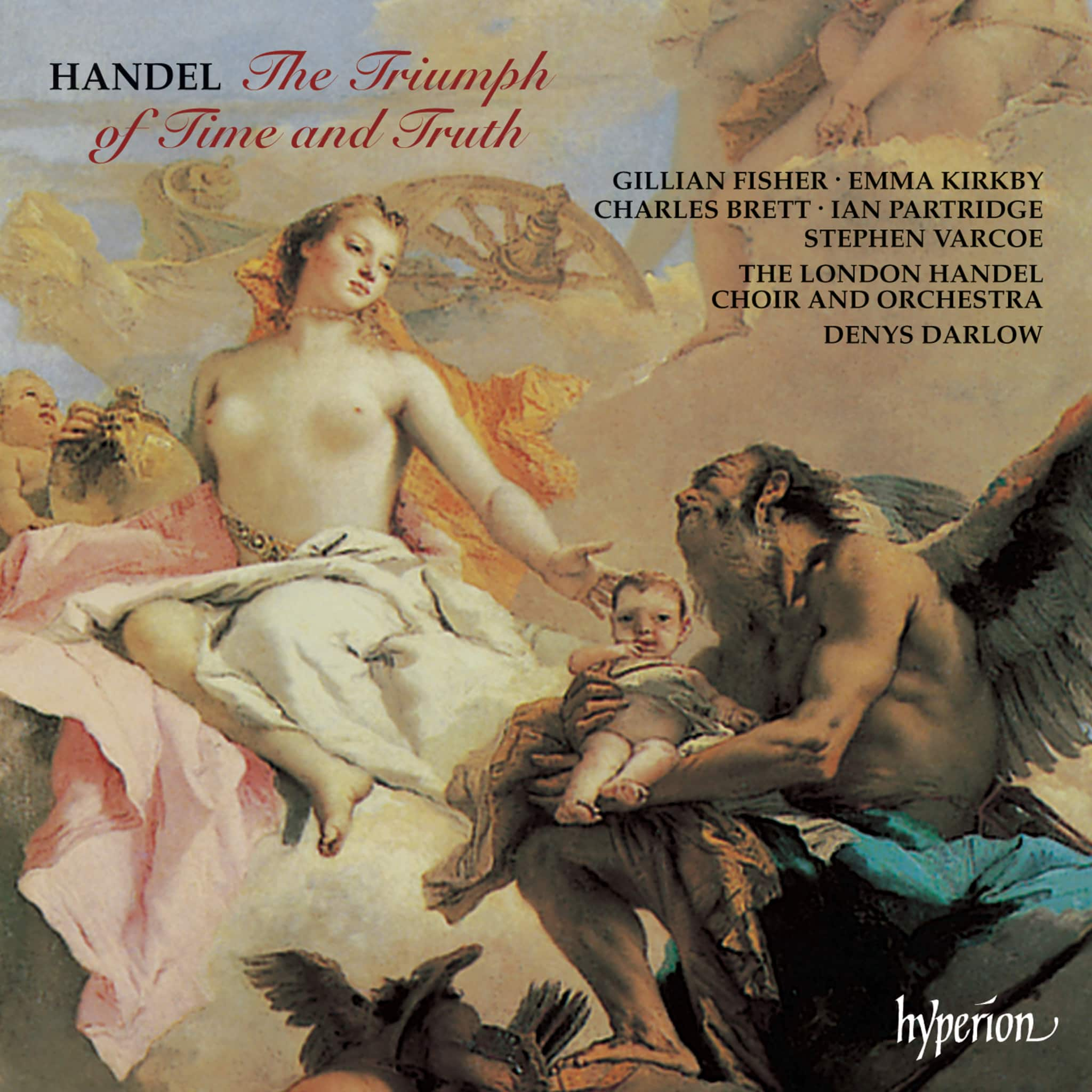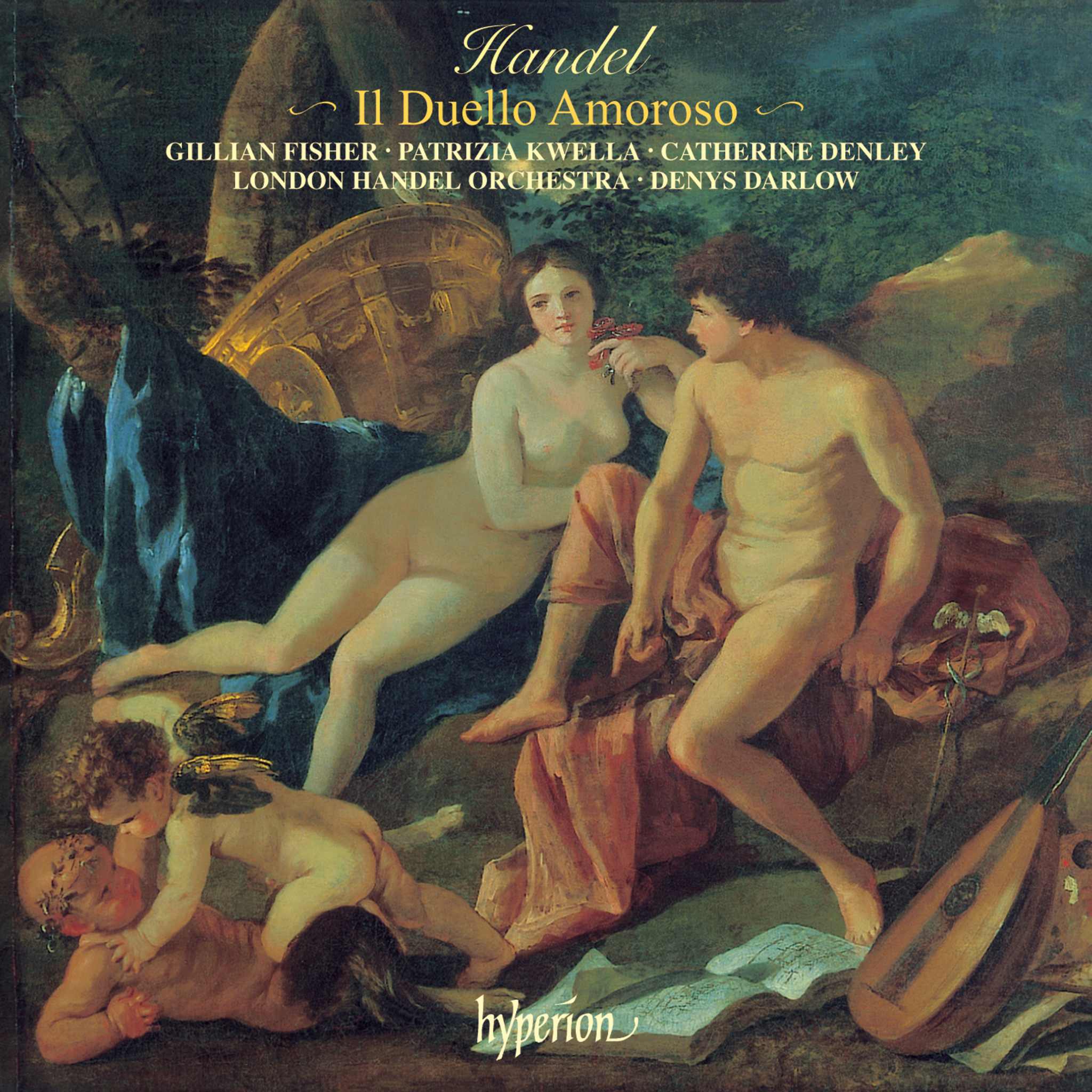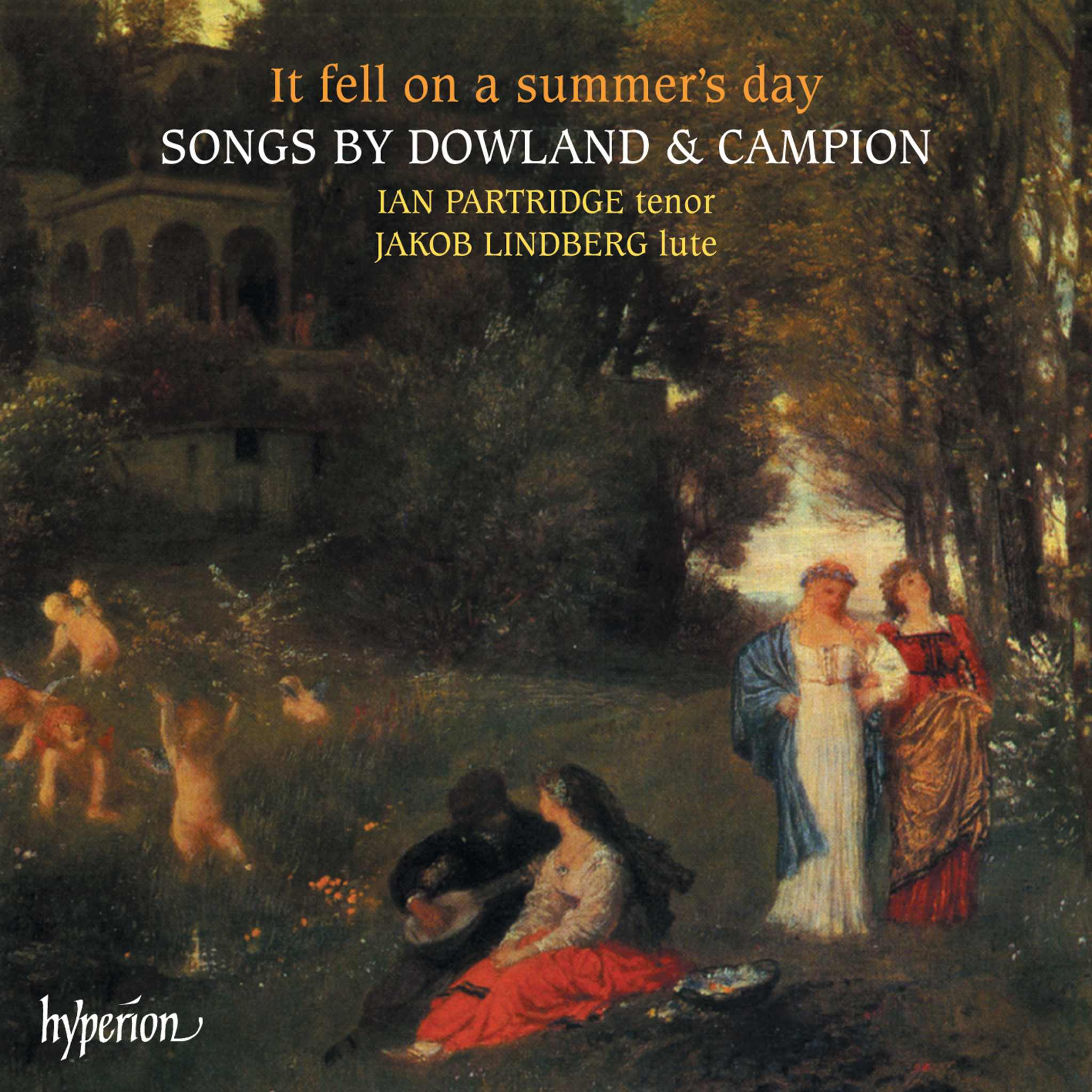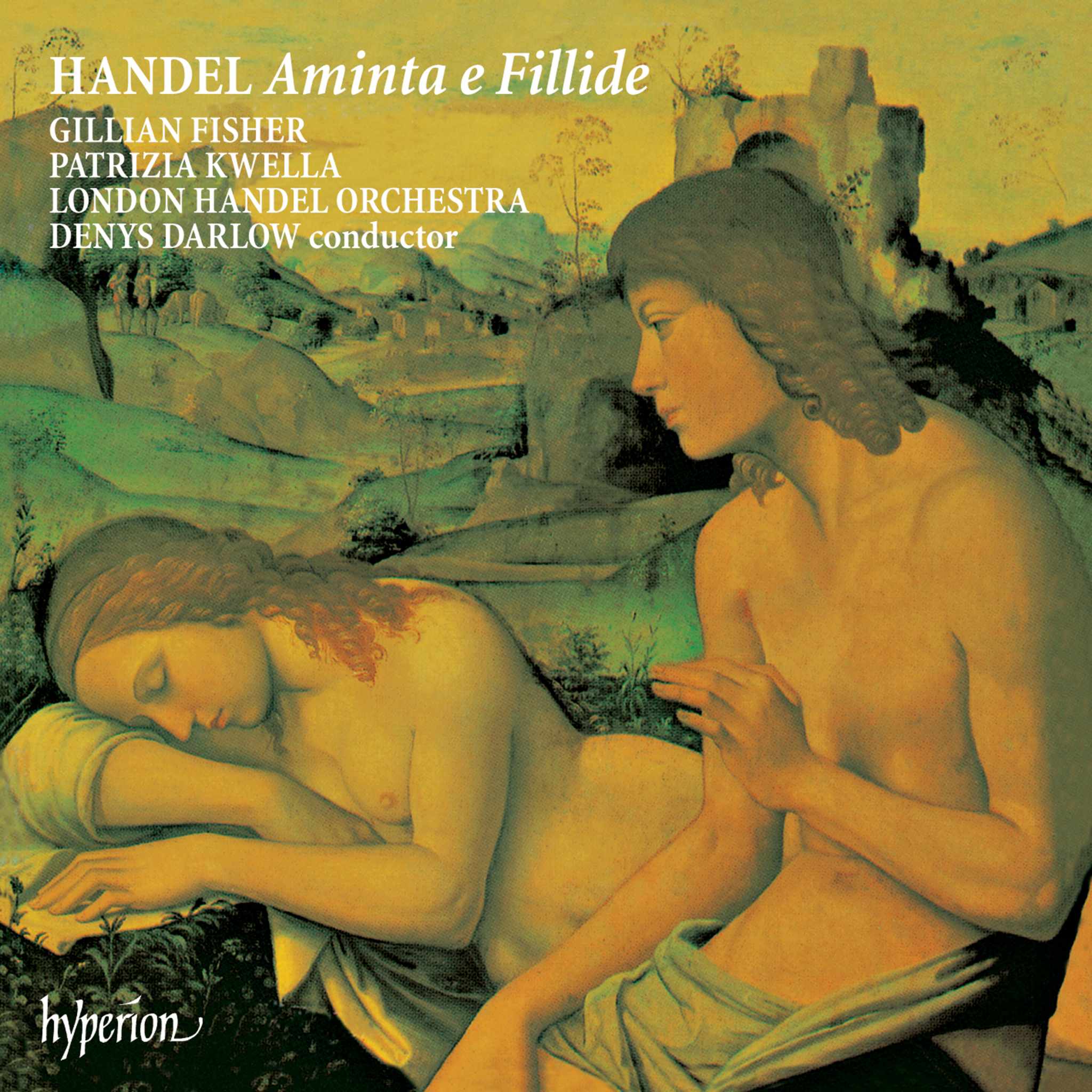Album insights
The Lay Clerks of Westminster Cathedral present a complete choral and instrumental celebration of the Mass for the feast of the Assumption of Our Lady, falling on the 15th of August. This recording focuses on music by two significant musicians, Tomás Luis de Victoria and Girolamo Frescobaldi, showcasing Victoria's Missa Gaudeamus at the core of a complex liturgical sequence. Other music, including motets by Victoria, Mass propriums, and chorale passages, along with organ music by Frescobaldi in various forms, are interspersed between the sections of the Mass ordinary. The solemn Mass serves as a musical gift illustrating the intricate liturgical structures that became available during a period when resources for enriching the liturgy were increasing.
Tomás Luis de Victoria, the greatest composer of Spanish polyphonic music during the 16th-century "golden age," was born in Avila in 1548 and passed away in Spain in 1611. His early musical education began when he became a choirboy at the Avila Cathedral around 1558. After his voice changed, he was sent to Rome to attend the Collegium Germanicum, enrolling as a student in 1565. Victoria spent the next 20 years in Rome, holding various positions at Santa Maria di Monserrato, the Collegium Germanicum, the Roman Seminary (where he succeeded Palestrina as Maestro di cappella in 1571), and San Apollinare. He was ordained in 1575 and three years later became a chaplain at San Girolamo della Carità. Departing Italy around 1587, Victoria took a position as chaplain to the Dowager Empress Maria at the Royal Barefoot Clarists' Convent, serving as Maestro of the choir of priests and boys affiliated with the convent.
Unlike other prominent Renaissance composers like Palestrina and Lassus, Victoria's musical works were relatively limited in quantity, with no secular music publications during his lifetime. However, the music he published demonstrated a high degree of inspiration and musical craftsmanship. Through the constant revisions he made in successive editions of his published works during his lifetime and the comments in the prefaces to his compositions, it is evident that Victoria maintained a highly critical approach to his music. In his dedication to Pope Gregory XIII in his 1581 volume Hymni totius anni, he expressed that music was an art to which he felt instinctively drawn and toward the perfection of which he diligently strived with the help and encouragement of other critically minded individuals over many years of study.
Victoria's Missa Gaudeamus is based on Morales' motet, Iubilate Deo omnis terra, composed in 1583 to celebrate the truce between François I and Charles V. The motet and the Mass utilize the opening phrase of the Introit Gaudeamus omnes—"Let us rejoice"—as the cantus firmus on which their music is built. Gaudeamus omnes is a Proprium Mass, an older form of the Mass liturgy that changes depending on the date and/or season in the liturgical calendar, fitting in between the Ordinary Mass sections.
Girolamo Frescobaldi, born in Ferrara around September 1583 (exact date unknown), and passing away on March 1, 1643, is considered one of the most influential composers for keyboard instruments from the early 17th century, alongside Sweelinck. Notably, Frescobaldi gained early recognition as an organist. His career began in Ferrara, where Duke Alfonso d'Este had established an impressive music establishment. By 1604, there was evidence of Frescobaldi's membership in the Accademia di Santa Cecilia, a brotherhood of musicians in Rome, and he became the organist at Santa Maria in Trastevere in 1607. In 1608, he was elected as the organist at St. Peter's in Rome, solidifying his fame and professional reputation due to his universally admired organ and harpsichord playing and the increasing quality and style of his keyboard works over time. Today, his later works are seen as precursors to the early Baroque style. Frescobaldi began regularly publishing collections of his works from 1608 onward. One of his publications that garnered the most attention and subsequent recognition from later generations was a book released in Venice in 1635: Fiori musicali di diverse compositioni, tocatte, kyrie, canzone, capricci, e recercare, a 4, in partiture. This collection included three organ masses from which the four organ interludes on the current recording were extracted.
The four pieces consist of an introductory Toccata avanti la Messa, a Canzon dopo l'Epistola, a Recercar dopo il Credo, and another Recercar to conclude the service. The Toccata originated in the 15th century as a showcase of impressive finger dexterity, characterized by a loose structure unrestricted by the style and conventions of vocal music. Frescobaldi played a significant role in developing the genre, enhancing contrasts in passage work, introducing complex rhythms, and often utilizing chromaticism instead of rapid movement. The Canzone, initially an instrumental adaptation of a polyphonic chanson in Italy, was considered a fugal form because the selected material often began with fugal imitation passages. Frescobaldi treated the Canzon dopo l'Epistola in a similar fugal manner. The term Recercar (Italian for "to seek") encapsulates the idea that musical composition is a process of exploration, using the Recercar form to experiment with an instrument and display intricate and challenging musical structures. This exploratory nature is a prominent element in Frescobaldi's two Recercars on this recording.
The recording commences with an organ Toccata by Frescobaldi following the bell’s toll, featuring a loosely organized, four-section, imitative structure. The piece begins with smoothly flowing passages over a sustained bass note lasting around four bars before transitioning into a new section where the tenor introduces passages with quicker note values and increased rhythmic energy, spreading to the other voices. The movement concludes with a section returning to a relaxed tempo, featuring varied smooth, connected passages, leading to a peaceful ending.
The first Mass proprium, the Introit Gaudeamus omnes, is traditionally chanted by the clerics at the start of the service as they enter. Unlike other texts and melodies that vary for different texts and seasons, Gaudeamus omnes follows the same chant with slight variations in the text for several different feasts including All Saints, the Assumption of Mary, and others.
The Kyrie, the initial section of the Mass ordinary, is sung by the full choir in six voices (AATTBarB). Immediate connections to the Introit can be observed in the music, using the chant and words from the Gaudeamus omnes first phrase as a cantus firmus in the second tenor, referencing Morales' Iubilate Deo through the incorporation of figures from the motet.
The Gloria, the second part of the Mass ordinary, is also sung by the full choir, incorporating the choral melody from the Introit. The text of the Gloria is occasionally modified rhythmically, but the familiar chant from the Introit is maintained throughout. During this festive performance, the Collect, a prayer in the Mass, is sung following a short Respond with traditional choral melodies intended for the Assumption of Mary. The subsequent Reading, a usual spoken part of the service, presents the prescribed text from Ecclesiasticus (Sirach) 24:11–20, chorally performed. Following this, the Gradual, the second Mass proprium, is chanted to a text derived from two passages of Psalm 45. The Alleluia, another element of the Mass, opens with ornate melismatic calls of "Alleluia," followed by a stanza referring to the Assumption of Our Lady before repetitions of "Alleluias." The organ Canzon dopo l'Epistola begins with a brief chordal Adagio, transitioning swiftly into an attractive, lively fugue-style Allegro.
Similar to the Prayer and Reading, the Gospel, a service component typically spoken, is sung with the prescribed text taken from Luke 10:38–42. This narrative recounts the story of Martha and Mary, where Mary sits at Christ’s feet "listening to His words," while Martha, busy making preparations for the distinguished guest, expresses frustration that Mary isn't assisting. Christ responds with the famous words admonishing Martha and praising Mary for choosing the better part.
The Credo, the third part of the Mass ordinary, is sung by the full choir, prominently featuring the "Gaudeamus" incipit in the second tenor and baritone voices in various fine variations.
Frescobaldi's organ Recercar dopo il Credo commences in a fugal style, introducing a striking use of the upper voice with a sharply angular theme that rises by a small sixth, descends by a fourth, and continues with a five-note chromatic scale. Soon, a faster passage in the alto voice joins the fugal entries, a sort of "counter-subject," extensively imitated in the remaining fugal entries. While it is unlikely that Ebenezer Prout, a 19th-century writer on fugue, would endorse every detail of this procedure, it is hard to deny that Frescobaldi's writing style paved the way for the development of the Baroque fugue. The latter half of the Recercar transitions into a vigorous, less fugal style, incorporating the fugal theme repeatedly in double note values along with imitative passage work of a new "






